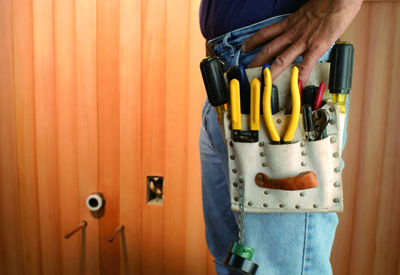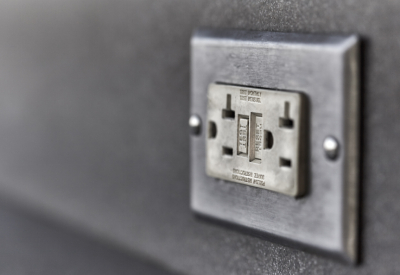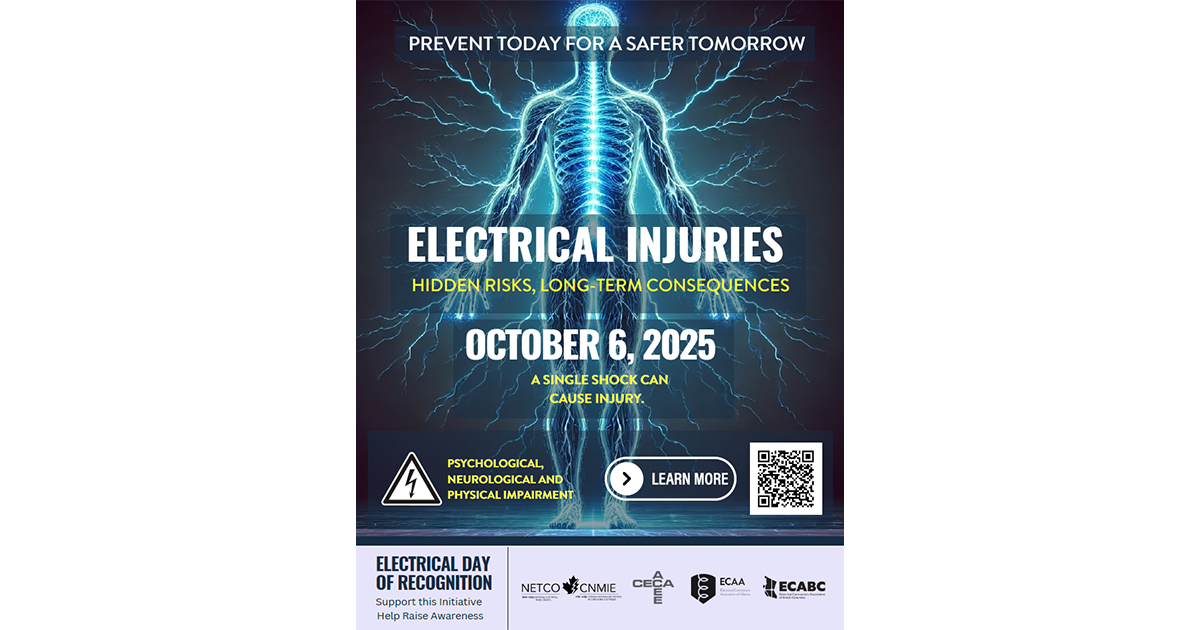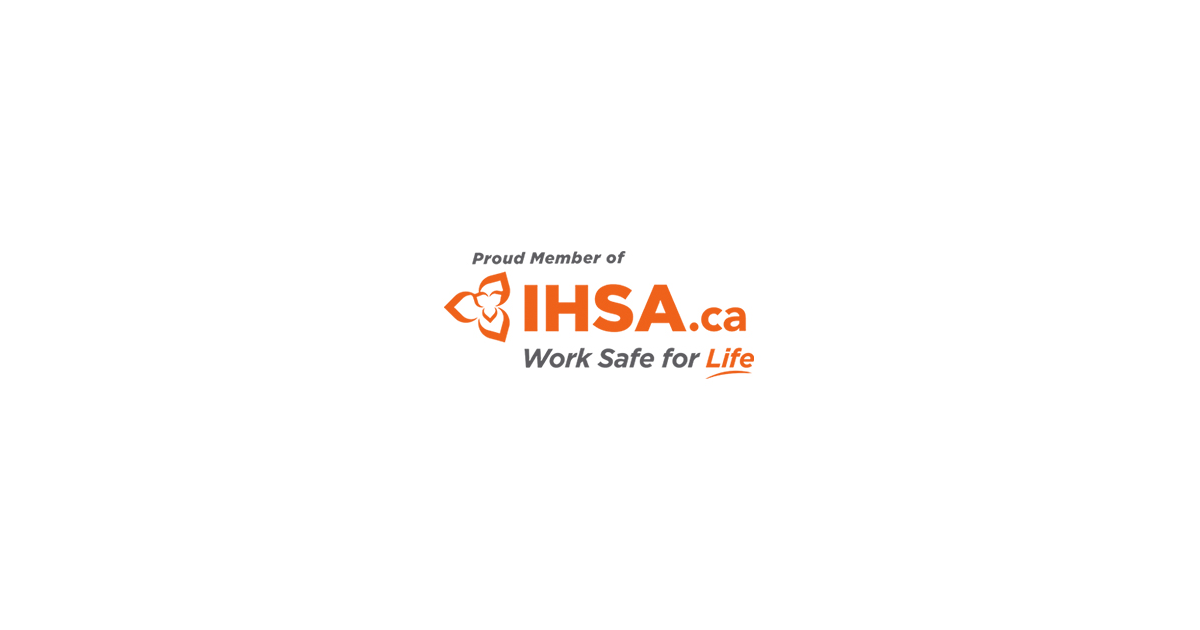Establishing When the CE Code Becomes Mandatory

Pierre McDonald
Safety requirements are constantly changing. We often see this with the new car ads that come out every model year with manufacturers claiming their vehicle is the safest in its class. Does the same hold true for electricalcodes and standards?Committees work under increasing pressure as a publication deadline approaches, only to finalize safety requirements in a revised document to be “put out there for use by the industry.” Some codes and standards have a history and are expected, while others are new and have yet to be accepted. In both cases these documents are put forward with the anticipation they will contribute to a safer environment.
In June 2015, the Canadian Advisory Council on Electrical Safety(CACES) met at its annual meeting. This council is an influential body regarding electrical safety, and comprises regulatory members representing every province and territory, as well as representatives of certification bodies, Inspection bodies and standard development organizations. They meet to discuss codes, standards, safety issues, and how they can all work together for a safer electrical industry. One of the summary discussions on the agenda was when the regulatory authorities anticipate the newly published Canadian Electrical Code (CE Code) might become a mandatory requirement within each of their jurisdictions.
The CE Code adoption process varies in each jurisdiction as the provinces and territories have the right to mandate electrical safety as they see fit. Some jurisdictions will adopt the CE Code as published while others amend certain requirements to fit their needs. Not only what is adopted differs from jurisdiction to jurisdiction,but the adoption process itself varies throughout Canada. Some jurisdictions have the CE Code automatically come into force after a fixed time has passed from the code publication date, while other jurisdictions consult with stakeholders and users prior to CE Code adoption. This process could vary from a few months to well over a year and perhaps longer, depending on government priorities at the time. Pressure is front and centre for national harmonization of standards and automatic adoption of codes.
With regard to equipment standards, these requirements are basically set through the Canadian Electrical Code Part II standards and those standards published by ULC Standards (see Appendix A of the 2015 CE Code). These standards ensure that equipment installed in conjunction with the CECode will be compatible and safe to use under the installation rules. The following table illustrates the adoption dates as to when the 2015 CE Code has become or will become adopted in the provincial and territorial jurisdictions in Canada. Jurisdictions that have already adopted the 2015 edition CE Code include the Yukon Territory, the Northwest Territory, Manitoba, Nova Scotia, and Newfoundland and Labrador. Others will follow over the next several months
(Note that certain Municipalities also adopt the CE Code outside of provincial legislation, e.g., St John’s, Winnipeg)
While it is anticipated that the CE Code will be adopted within the above time periods, provincial and territorial legislators always have the final decision. Legislative priorities change very quickly, which could result in substantial delays. Legislation is not an exact science;check with the authority having jurisdiction.
Additional information on the CE Code and other codes or standard requirements within each jurisdiction can be obtained by contacting the appropriate provincial or territorial authority.
For contact information on code authorities (building, fire, gas, plumbing, electrical and environmental) responsible for codes in Canada, please use the following link from the ULC website: http://canada.ul.com/codeauthorities/codeauthoritiesincanada/.
So, does the revision and subsequent adoption of electrical codes and standards always make for a safer electrical installation? While this is one piece of the puzzle, a safe installation requires that all puzzle pieces fit together as intended. From the work done by codes and standards committees through the manufacturers, testing and certification bodies, and Installers right down to the end users, electrical safety needs every part to fit together for a safe electrical environment.
Pierre McDonald, CET, is Senior Regulatory Affairs Representative/Répresentant Principal, Affaires Réglementaires, Underwriters Laboratories of Canada Inc. Based in St. Albert, AB, Pierre has been a member of the Canadian Electrical Code Part 1 technical committee as well as several subcommittees including serving as Chair of Sections 6 and 76 and as a member representing regulators on several other CSA committees. Pierre is still active with code development and interpretation.
Other articles by Pierre McDonald:
2015 CE Code: Changes on “Approved Electrical Equipment”
Section 62: Fixed Electric Heating Systems
Now Available: CAN/ULC Standard on Electric Utility Workplace Electrical Safety
CAN/ULC-S576-14, Standard for Mass Notification System Equipment and Accessories
Canadian CE Code Changes: Section 20 and More
Meeting National Building Code of Canada Requirements
Conductor Ampacities and Their Temperature Rating
Codes and Standards – Provincial Legislation and the Administrative Requirements of the CE Code
Changes to Section 12 Wiring Methods

















